Graham Reid | | 3 min read
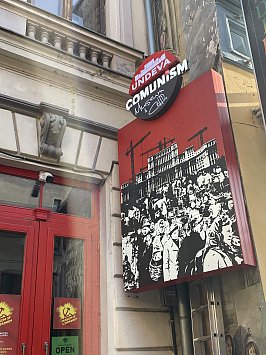
If you wanted to create a Museum of Communism somewhere, you could hardly go past Bucharest, the capital of Romania, for the ideal location.
This is a country that was bent under the yoke of the ruthless dictatorial communist regime of Nicolae Ceaușescu for decades until his sudden fall in December 1989.
Ceaușescu seemed an unlikely character to rise to a position of power: he was of average intellect, spent time in prisons, was never considered a contender for promotion in his party but inveigled his way into the good books of senior members.
He was considered too volatile and impulsive to take the top job but bickering between the other contenders saw him come through the pack.
Romania – which had switched loyalties during the Second World War from Hitler's Germany to the Stalin's Russia when it saw how things were going – had long been a country of political factions.
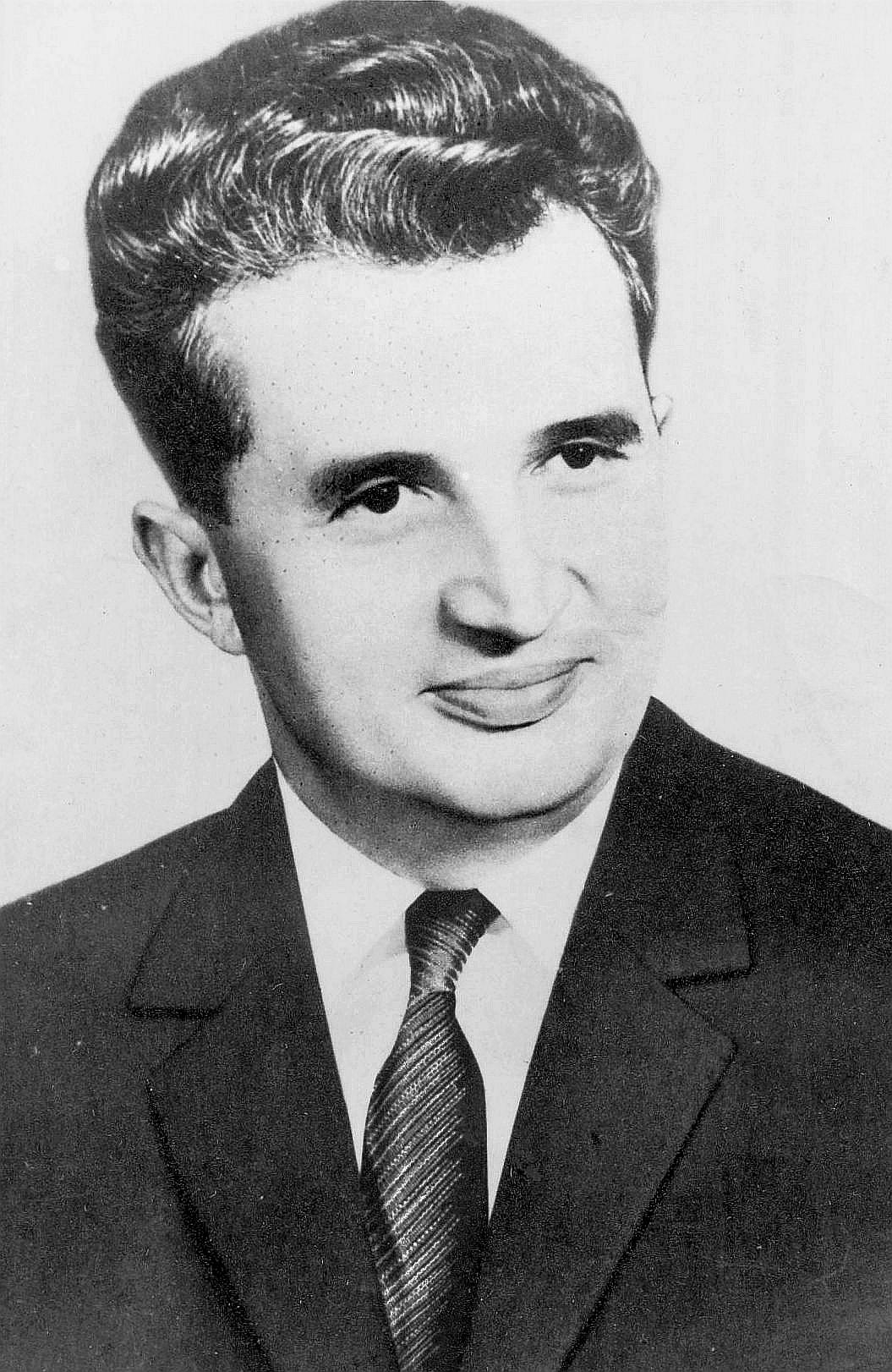 Paul Kenyon's Children of the Night; The Strange and Epic Story of Modern Romania offers an excellent overview of Romania's sometimes bewildering history.
Paul Kenyon's Children of the Night; The Strange and Epic Story of Modern Romania offers an excellent overview of Romania's sometimes bewildering history.
For a brief period Ceaușescu looked to be a liberal voice.
He eased press censorship and allowed artists more freedom than they'd had, gently shifted the country's orientation away from the Soviet Union and more towards China and the West, and was hailed as a liberal voice by European and American politicians.
He and his wife Elena – a vain, self-centred and uneducated woman who also rose to power at his side and collected honorary degrees despite being barely literate – were hosted by Queen Elizabeth II, feted in Beijing, met with US presidents Nixon (although Disneyland seemed of as much interest to Elena) and Jimmy Carter.
For a brief time Romania looked to be heading into a bright future.
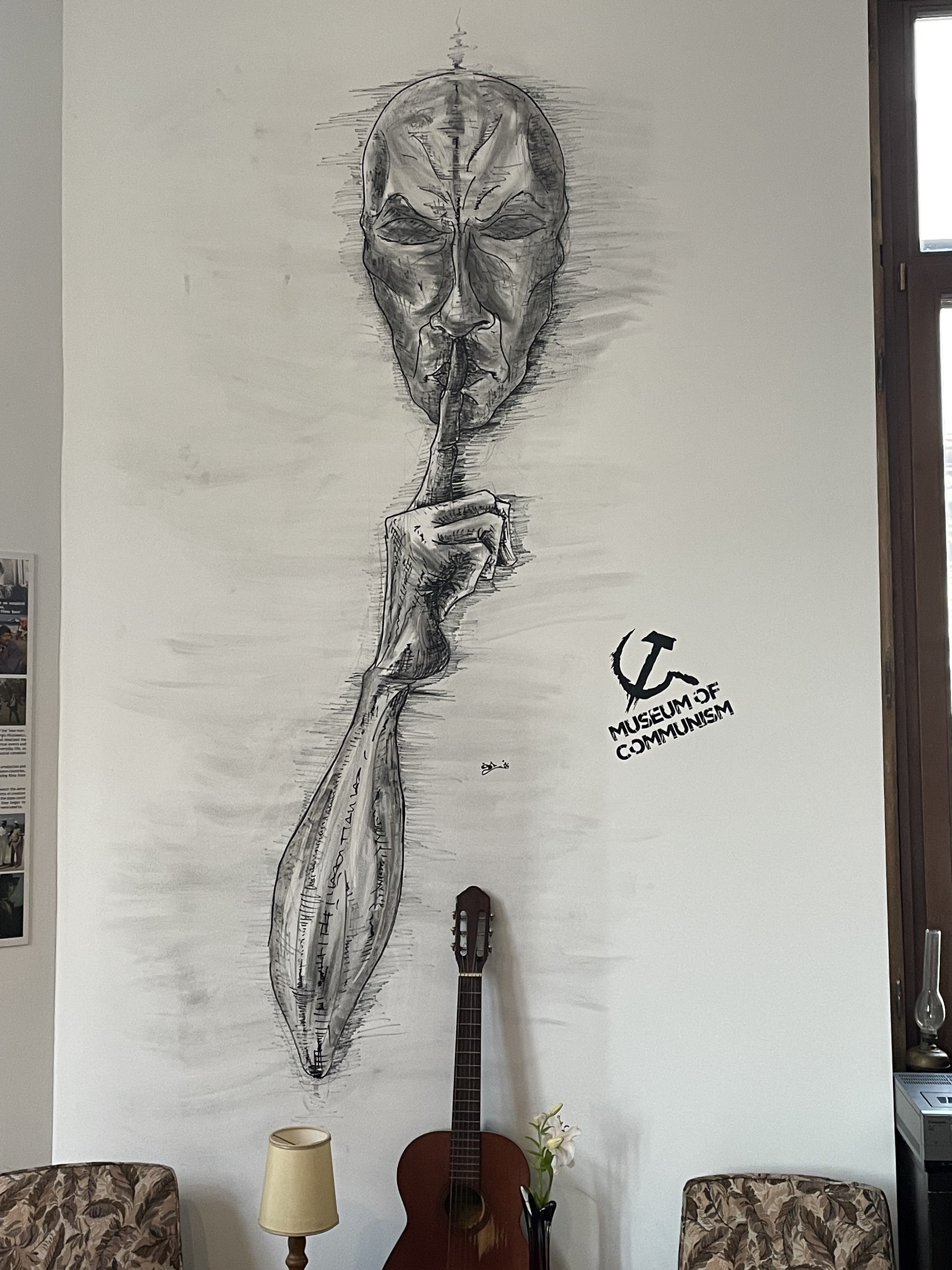 But it didn't last long: he made stupid economic decisions (moving away from an agrarian economy to one dependent on heavy industry) and when things started to go awry used his power to oppress any opposition, orchestrate a network of spies and informants everywhere, create a culture of favouritism towards those he saw as loyal . . .
But it didn't last long: he made stupid economic decisions (moving away from an agrarian economy to one dependent on heavy industry) and when things started to go awry used his power to oppress any opposition, orchestrate a network of spies and informants everywhere, create a culture of favouritism towards those he saw as loyal . . .
He used the devastating earthquake of March 1977 which destroyed 23 weakly-built apartment blocks in Bucharest as an excuse to rebuild the city as he envisioned it: massive buildings taking the place of ancient churches, monasteries and lovely buildings from the Belle Epoque period of Romanian life.
His Palace of Parliament is still one of the most visited buildings in Romania for its sheer heft, size and implosion of different architectural styles.
 And the oppression of this Communist dictator continued as the country's economy went into freefall.
And the oppression of this Communist dictator continued as the country's economy went into freefall.
He bargained with Israel to allow Jews to leave, for a price.
The heavy industry he had invested in required oil and iron ore which they couldn't afford, the collapsing of agriculture meant food shortages.
The end came suddenly with a protest which caught fire and Ceaușescu – in the middle of making a speech in Bucharest – was booed and jeered.
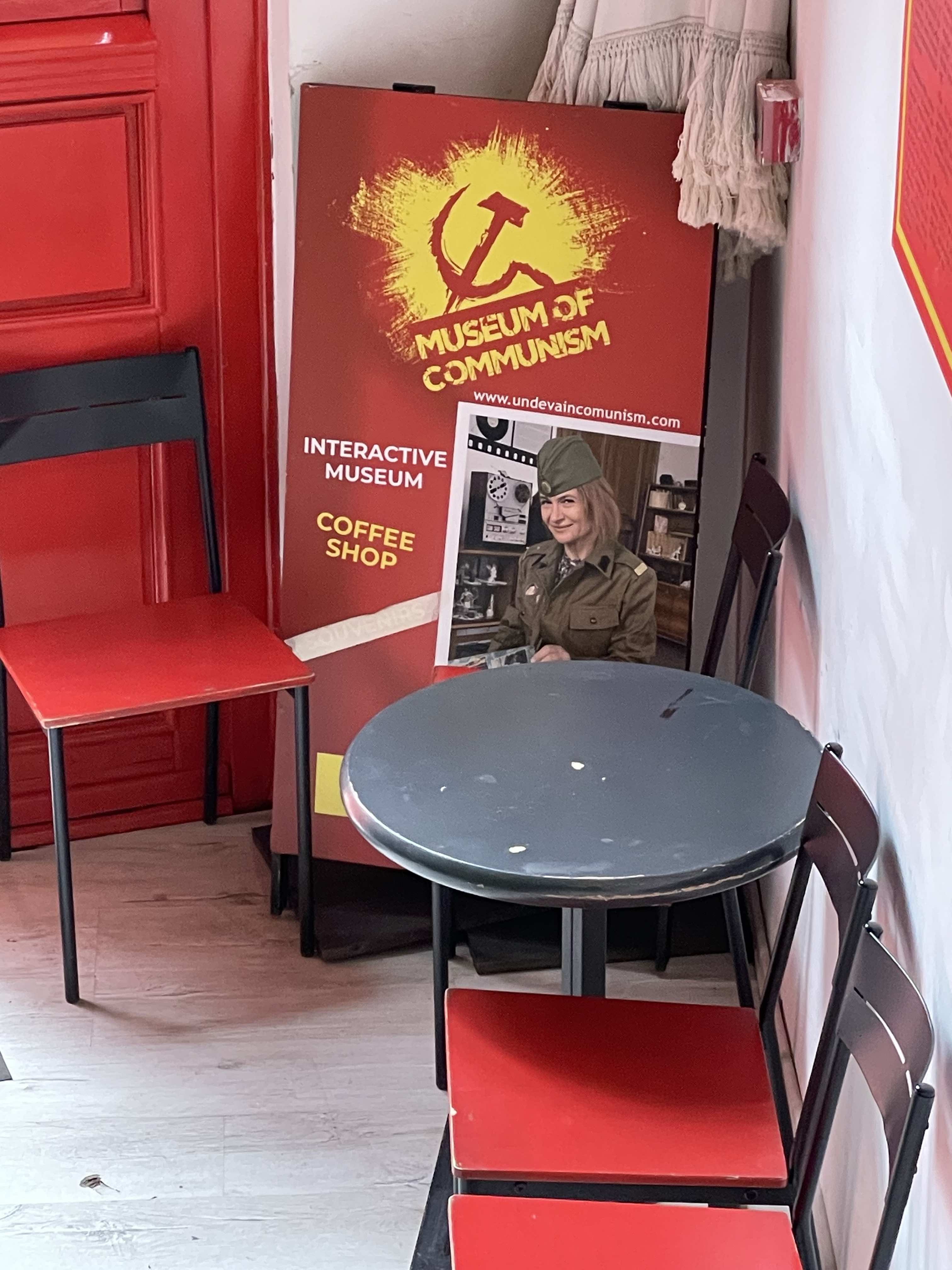 He fled, he and Elena had to hide out, within days they were caught and after a quick trial were taken out and shot.
He fled, he and Elena had to hide out, within days they were caught and after a quick trial were taken out and shot.
The Ceaușescu era was over but of course there was now a vacuum, and there lies another story of Communist Romania.
All of this and how people lived during these decades (the favoured and the poor) is laid out in the small but utterly fascinating Museum of Communism in the Old Town area of Bucharest.
It is unflinching in its expression, there are books, artworks, videos and film, technology and narratives which address all aspects of daily life under the Communist regime.
From children's books (as much propaganda as stories to entertain) to household goods like television sets, record players and sofas, the museum offers the everyday alongside the broad sweep of the politics of the time.
 Despite its modest size – about four middle-sized rooms – there is such a wealth of information and objects that it would be wise to allow for more time than you might expect.
Despite its modest size – about four middle-sized rooms – there is such a wealth of information and objects that it would be wise to allow for more time than you might expect.
We were there for an hour or so and had skimmed over some parts about farming and agriculture.
If you are in Bucharest you will invariably go to the Old Town for the beautiful bars, restaurants, cafes, nightlife and old churches.
But make time to find the Museum of Communism on 6 Covaci Street (entrance from Soarelui Street).
It's an eye-opening education.
.
For more detail on the Museum of Communism go here
For other stories about Romania at Elsewhere go here.

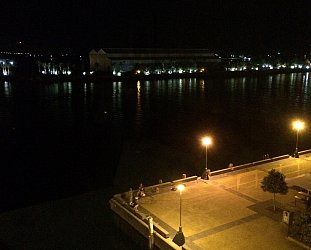


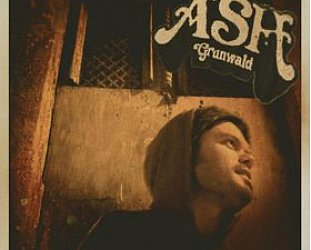
post a comment